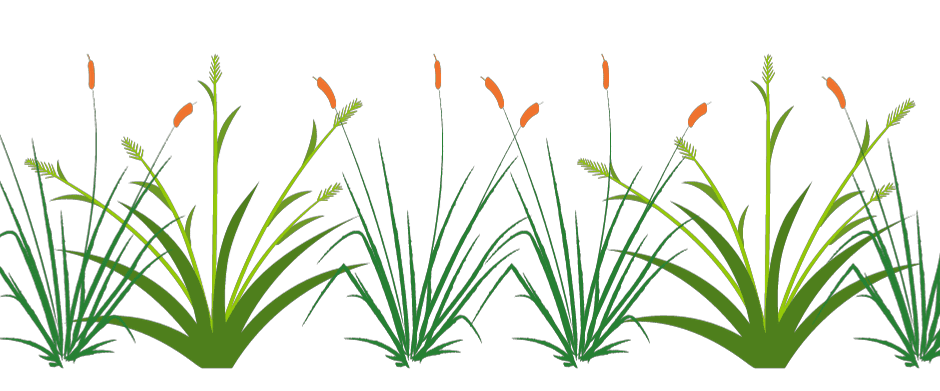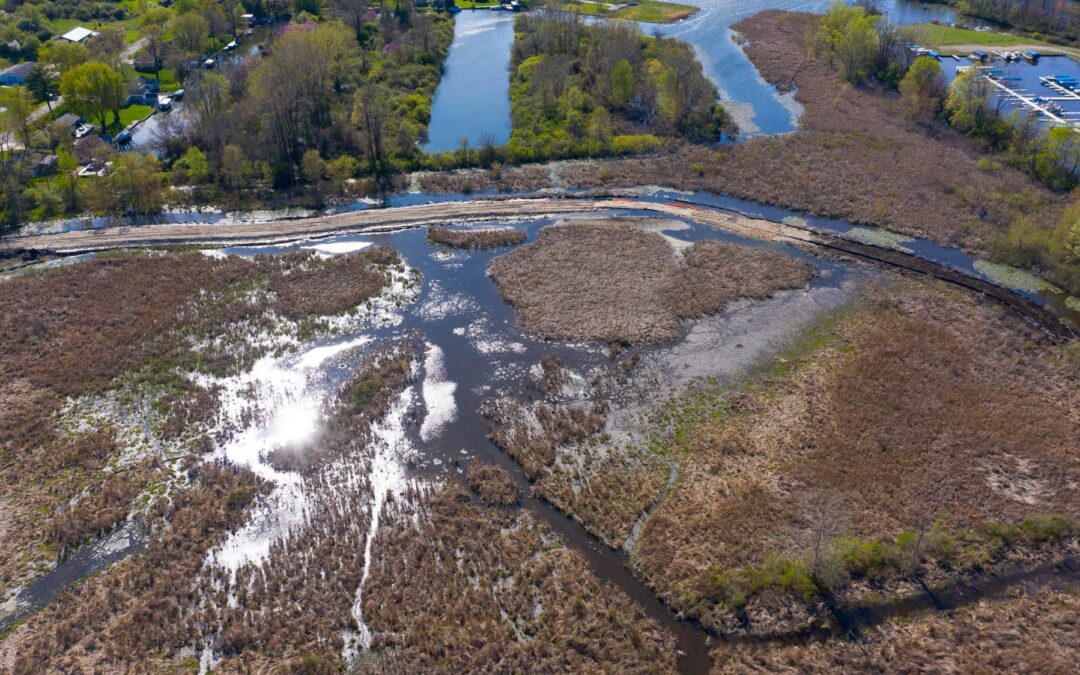According to the September issue of Izaak Walton League’s “Conservation Currents”, the Environmental Protection Agency and the Army Corps of Engineers have released a final rule amending the January 2023 “Waters of the United States” (WOTUS) rule to conform with the Supreme Court’s decision in Sackett v. EPA. Both agencies had to strike key elements of the January 2023 WOTUS rule.
The new ruling basically says that wetlands only have protection if they are DIRECTLY and PERMANENTLY connected to lakes, rivers or streams.

Some estimates from wetlands experts calculate that up to 63 percent of wetlands in America might lose protection under this new standard, while millions of miles of ephemeral and intermittent streams that directly affect water quality will also be left vulnerable.
e·phem·er·al
[əˈfem(ə)rəl]
ADJECTIVE: lasting for a very short time
The Culver community is well aware of the value wetlands bring to a watershed. The water of Lake Maxinkuckee is clean and healthy, due in large part to the wetlands to the east of the lake. Since all three wetlands, the Curtis, the Wilson and the Kline, meet the “relatively permanent” standard, and have a “continuous surface connection” to the lake (wording from the Sackett ruling) they remain federally protected.
What about other wetlands in the watershed?
According to the Hoosier Environmental Council (HEC), since 2021, when an Indiana law was passed to reduce wetland protections, there has been a 50% reduction in wetland mitigation. In the past, if a wetland was drained or destroyed, the person/entity responsible was required to create a new wetland to replace it. In compliance with the new state law, newly unprotected wetlands can now be destroyed with no mitigation requirement.
As a result of the Sackett v. EPA ruling and the 2021 Indiana law, over half of Indiana’s remaining wetlands no longer have protection at either the federal or state level.

Why It’s Important
Indiana’s wetlands are an irreplaceable part of the natural infrastructure we all share.
The Environmental Protection Agency estimates that a single acre of wetland can retain up to 1.5 million gallons of water. This reduces flooding by holding excess stormwater. They are the most cost-effective stormwater infrastructure we have.
In addition, wetlands….
- improve water quality by removing pollutants that contaminate our waters that can lead to harmful algae blooms.
- positively impact water supply, serving as reservoirs for the watershed and releasing retained water into surface water and ground water.
- provide erosion control. The roots of wetland plants hold soil in place and can reduce velocity of stream or river currents.
- provide an essential link in the life cycle of many wildlife species.
- are among the most productive ecosystems in the world, comparable to rain forests and coral reefs.
What YOU Can Do

Our state legislators, governor, and state agencies are hearing from those who want to make it easier to destroy wetlands. They may make a compelling argument, but it is important that theirs isn’t the only position that is heard. Collectively, we can amplify our message and be a force for wetland protection.
If you think protecting wetlands is important and want our state decision makers to understand why, you can click the HEC Call to Action link to send an email.
Or you can contact your local legislator and share why wetlands are important to you and to the community. Now is a great time since they are not in Session and perhaps have more time to listen.
“We need to stop undervaluing the world’s most valuable ecosystems and join together to protect and restore our priceless wetlands rather than keep on draining them, polluting them and paving over them.”
Stuart Orr
World Wildlife Fund

If you want to take a deep dive into this issue, watch this webinar on YouTube to learn more about the incredible capacity of wetlands to intercept and treat nutrient-rich runoff, with an update on wetland protections following the recent Sackett v. EPA ruling.

Hi, I’m Debbie Palmer. I received a BS in Horticulture from Purdue University. Here at LMEF, I am responsible for outreach presentations, monitoring the lake and it’s wetlands, project manager for restoration and research projects, and act as a community resource for all things related to the well-being of Lake Maxinkuckee and its surrounding watershed. I completed Indiana Watershed Leadership Academy, volunteer with the Indiana Clean Lakes Program, Hoosier River Watch and Marshall County Lakes and Waters and serve as a Board Member for Indiana Lakes Management Society.


Recent Comments